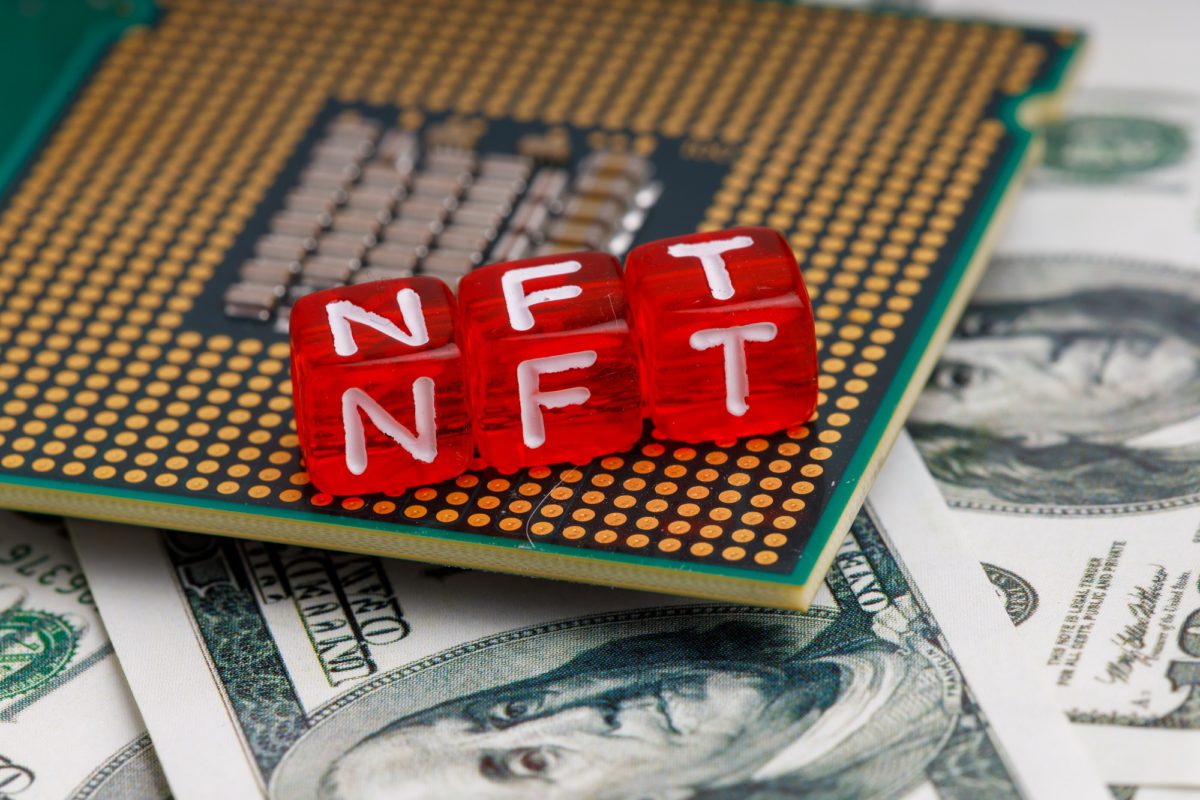The Ultimate Guide to Fashion Focused NFTs
The word “NFT” is on everyone’s lips. Yet, few understand what the technology can do. Here are three reasons why non-fungible tokens (NFTs) are on track to transform the fashion industry.

NFTs are crypto-assets exchanged in the metaverse. Their validity and ownership are authenticated using blockchain technology, and they function as valuable items traded within the virtual space. In fashion, NFTs can present many opportunities, ranging from product verification to serving as collectible pieces. In 2021, NFT trades reached 23 billion USD – up from 100 million USD the prior year – indicating the public’s curiosity and optimism.[1] Although the technology is new, experts break down the pros and cons of this emerging phenomenon.
The dawn of digital marketplaces
Fashion brands are racing to find their virtual footing in the NFT gold rush. From designing limited collectibles to dropping new skins for avatars, brands cross-collaborate with gaming and fine art industries to create unique pieces that sell out within seconds to the younger, crypto-wealthy generation. Experts predict that the technology will impact luxury and streetwear fashion as they are driven by the psychology of scarcity and limited editions.[2] Last year, Dolce & Gabbana sold a nine-piece collection of digital NFTs worth nearly 5.7 million USD. Gucci also released an exclusive drop of the Dionysus bag, which sold for more than the price tag of the actual physical item.[3]

No real product = no NFT footprint?
Companies that adopt this technology found that digital garments in the form of NFTs save on average 3,300 liters of water per item – enough for one person to drink two liters a day for 42 months.[4] However, NFTs are dependent on blockchains, such as Ethereum. They rely heavily on a “proof of work” method that requires valuable resources to run.[5] Ethereum mining alone consumes roughly 26.5 terawatt-hours of electricity per year – equal to the energy needs of a small country![6]
A sustainable alternative
Cryptocurrencies – including Ethereum ‒ are working towards more planet-friendly mechanisms, such as “proof of authority” or “proof of stake.” When choosing collaborators for NFT projects, fashion brands look to greener blockchain solutions. For example, EOS is the world’s first carbon-neutral blockchain and is 17,000 times more energy-efficient than Ethereum.
Experts agree that NFTs in the fashion industry are less about replacing a physical garment with a digital one. Instead, it marks an opportunity for brands to establish a virtual presence, expand creative expression and be a first-mover in the uncharted corners of the metaverse.[7]
References:
[1] Dapp Industry Report 2021. Available at: https://dappradar.com/blog/2021-dapp-industry-report
[2] “The State of Fashion.” McKinsey. Available at: www.mckinsey.com/~/media/mckinsey/industries/retail/our%20insights/state%20of%20fashion/2022/the-state-of-fashion-2022.pdf
[3] “Dolce & Gabbana Just Set a $6 Million Record for Fashion NFTs.” The New York Times. Available at: www.nytimes.com/2021/10/04/style/dolce-gabbana-nft.html
[4] DressX Sustainability Report 2021. Available at: https://dressx.com/pages/sustainability
[5] “How Fashion Brands Are Navigating Nfts and What’s Next for the Metaverse.” Glossy. Available at: www.glossy.co/fashion/how-fashion-brands-are-navigating-nfts-and-whats-next-for-the-metaverse/
[6] “2021, The Year Of Fashion NFTs.” The Interline. Available at: www.theinterline.com/10/2021/2021-the-year-of-fashion-nfts/
[7] “2021, The Year Of Fashion NFTs.” The Interline. Available at: www.theinterline.com/10/2021/2021-the-year-of-fashion-nfts/
Author: Naomy Gmyrek
Latest from the Magazine